Coreopsis Deadheading Guide – Should You Deadhead Coreopsis Plants
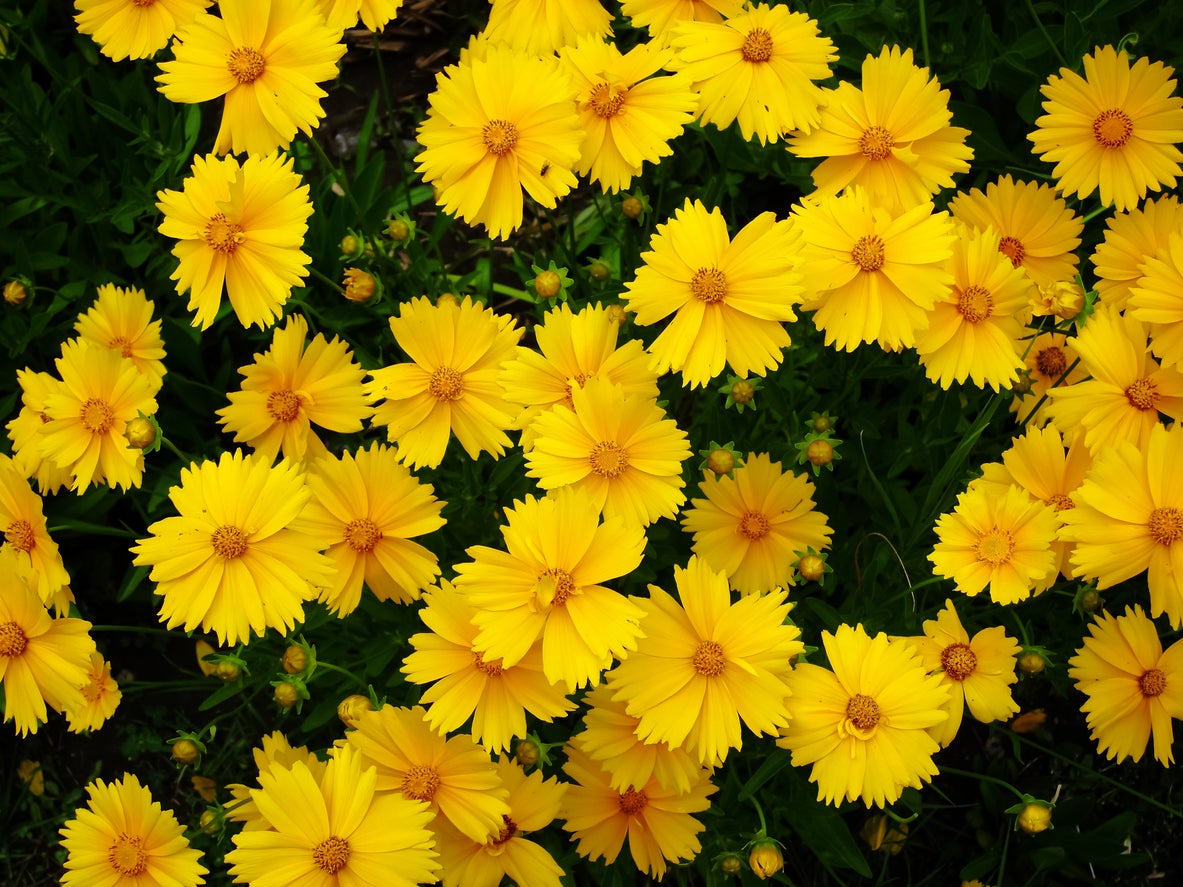

Those easy-care plants in your garden with daisy-like blossoms are very likely coreopsis, also known as tickseed. Many gardeners install these tall perennials for their bright and abundant blooms and long flowering season. But even with a long flowering season, coreopsis blossoms do fade in time and you might want to consider removing their blooms. Does coreopsis need deadheading? Read on for information about how to deadhead coreopsis plants.
Coreopsis Deadheading Information
Coreopsis are extremely low-maintenance plants, tolerating both heat and poor soil. The plants thrive throughout most of the United States, growing well in USDA plant hardiness zones 4 through 10. The easy-care feature isn’t surprising since coreopsis are native to this country, growing wild in American woodlands. Their tall stems tend to clump, holding their flowers high above the garden soil. You’ll find a wide variety of blossom types, from bright yellow to pink with yellow centers, to brilliant red. All have long lives, but eventually wilt. That brings up the question: Does coreopsis need deadheading? Deadheading means removing flowers and blossoms as they fade. While the plants keep blooming through early autumn, individual flowers bloom and die along the way. Experts say that coreopsis deadheading helps you to get maximum blooming from these plants. Why should you deadhead coreopsis? Because it saves the plants’ energy. The energy they would usually use in producing seeds once a blossom is spent can now be invested in producing more blooms.
How to Deadhead Coreopsis
If you are wondering how to deadhead coreopsis, it is easy. Once you decide to start removing spent coreopsis flowers, all you need is a pair of clean, sharp pruners. Use them at least once a week for coreopsis deadheading. Go out to the garden and survey your plants. When you see a fading coreopsis flower, snip it off. Be sure you get it before it goes to seed. This not only allows the plant energy to make new buds, but it also saves you the time you might have to spend pulling out unwanted seedlings.
Gardening tips, videos, info and more delivered right to your inbox!
Sign up for the Gardening Know How newsletter today and receive a free copy of our e-book "How to Grow Delicious Tomatoes".

Teo Spengler is a master gardener and a docent at the San Francisco Botanical Garden, where she hosts public tours. She has studied horticulture and written about nature, trees, plants, and gardening for more than two decades. Her extended family includes some 30 houseplants and hundreds of outdoor plants, including 250 trees, which are her main passion. Spengler currently splits her life between San Francisco and the French Basque Country, though she was raised in Alaska, giving her experience of gardening in a range of climates.
-
 How To Grow Seeds Quickly: 8 Expert Tricks For Fast Flowers & Crops
How To Grow Seeds Quickly: 8 Expert Tricks For Fast Flowers & CropsIt's never too late to start growing! Jump-start your flower or vegetable garden with these pro tips and tricks for germinating seeds in record time.
By Amy Grant
-
 8 Perfect Flowers To Plant With Tomatoes To Boost Yields & Banish Pests
8 Perfect Flowers To Plant With Tomatoes To Boost Yields & Banish PestsDon’t forget flowers when choosing companion plants for your tomato beds or pots. These pretty, fragrant blooms add beauty but are also highly beneficial.
By Mary Ellen Ellis
-
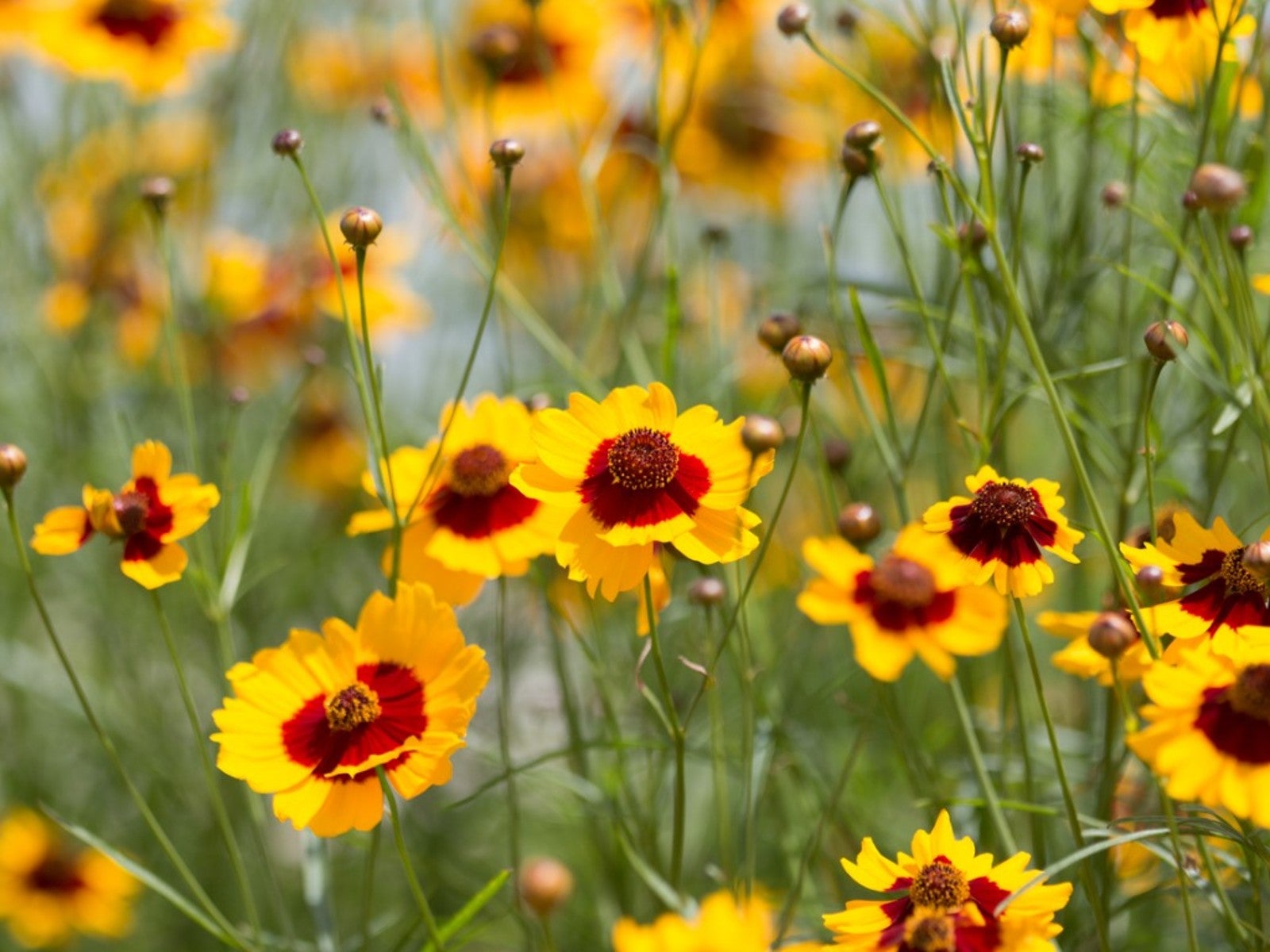 How To Identify And Treat Coreopsis Problems
How To Identify And Treat Coreopsis ProblemsCoreopsis is a bright addition to your flower garden but if it’s ailing, read on for tips.
By Tonya Barnett
-
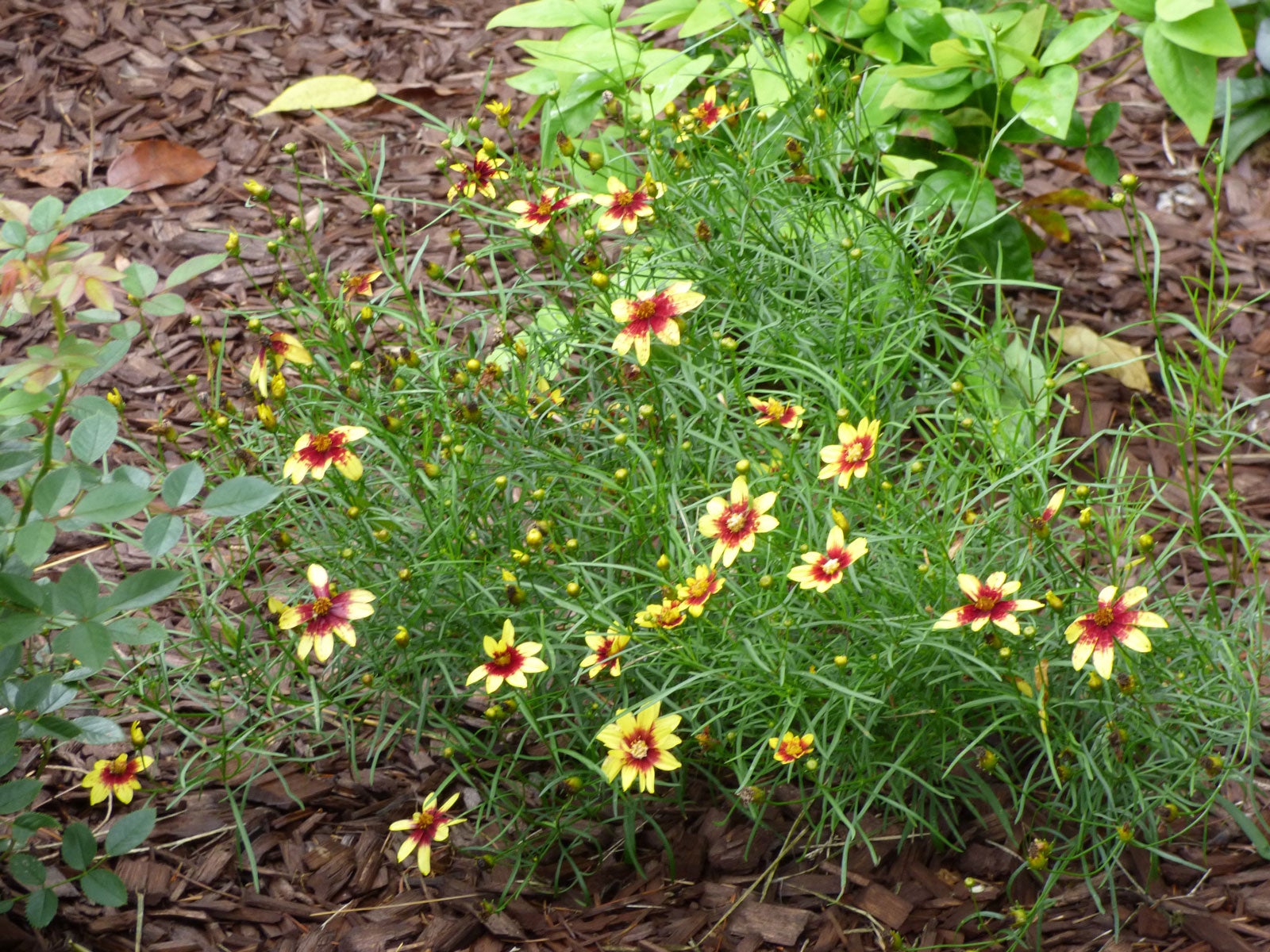 Coreopsis Cultivars: What Are Some Common Varieties Of Coreopsis
Coreopsis Cultivars: What Are Some Common Varieties Of CoreopsisIt’s great to have several coreopsis plant varieties in your garden, as the beautiful, brightly colored plants are easy to get along with, producing long-lasting blooms that attract bees and butterflies throughout the season. This article include popular coreopsis varieties.
By Mary H. Dyer
-
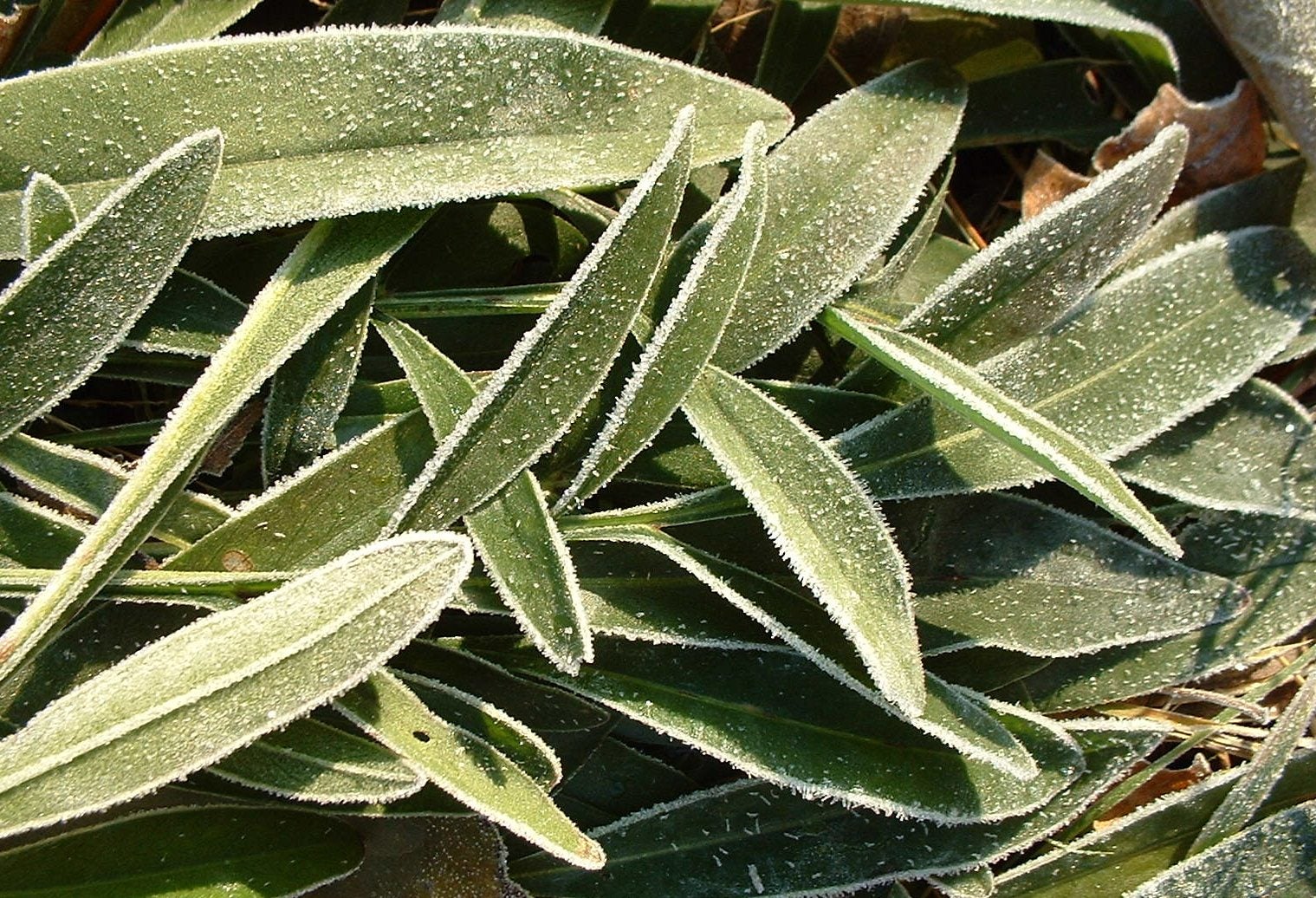 Coreopsis Overwintering: How To Winterize A Coreopsis Plant
Coreopsis Overwintering: How To Winterize A Coreopsis PlantCoreopsis is a hardy plant suitable for growing in USDA plant hardiness zones 4 through 9. As such, coreopsis winter care isn't a difficult task, but a bit of protection will ensure the plant remains hale and hearty throughout winter. This article will help.
By Mary H. Dyer
-
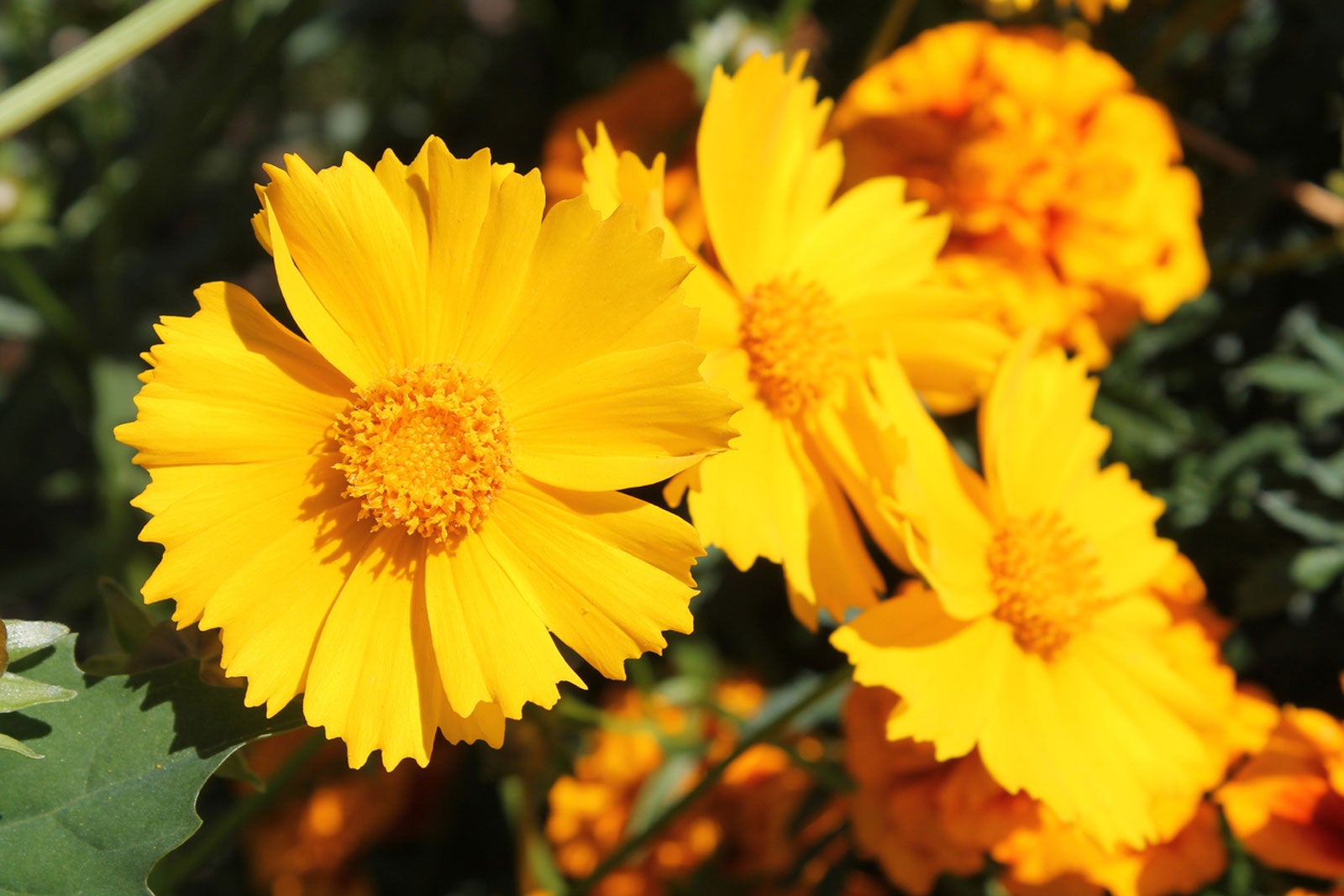 Coreopsis (Tickseed): Complete Plant Care & Growing Guide
Coreopsis (Tickseed): Complete Plant Care & Growing GuidePlanting coreopsis gives gardens, containers, and borders a bright splash of color, and invites our beloved pollinators to come for a visit. Easy to plant, they are reliable and colorful.
By Becca Badgett